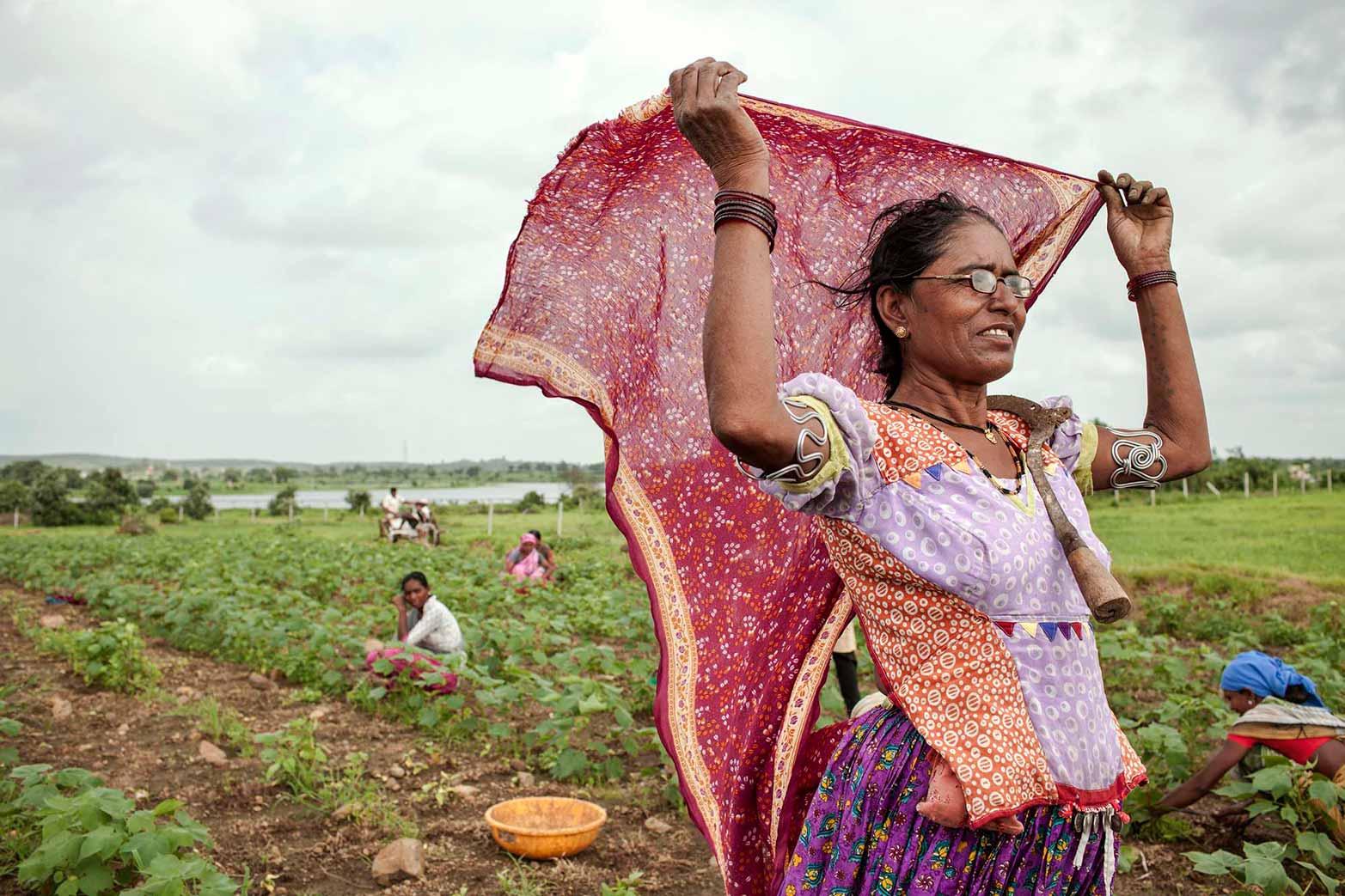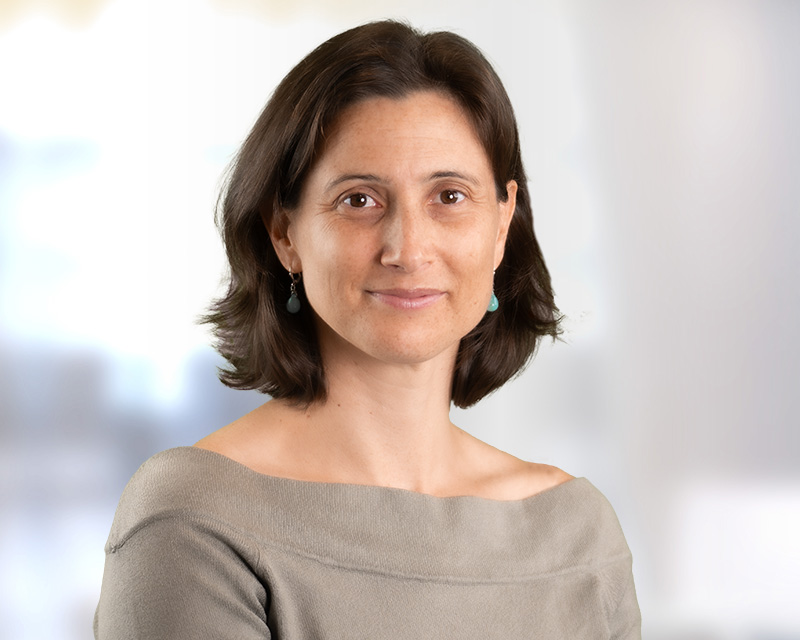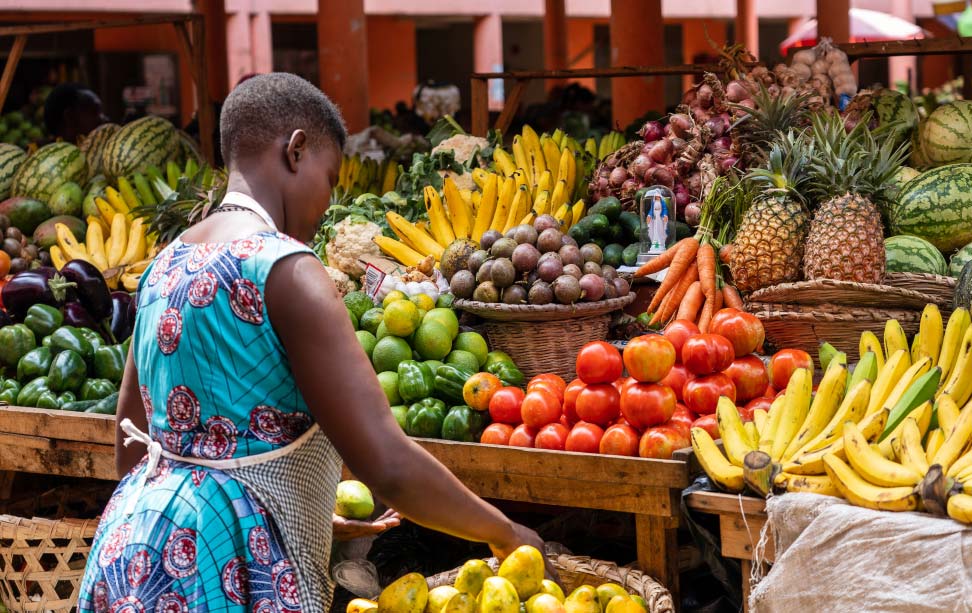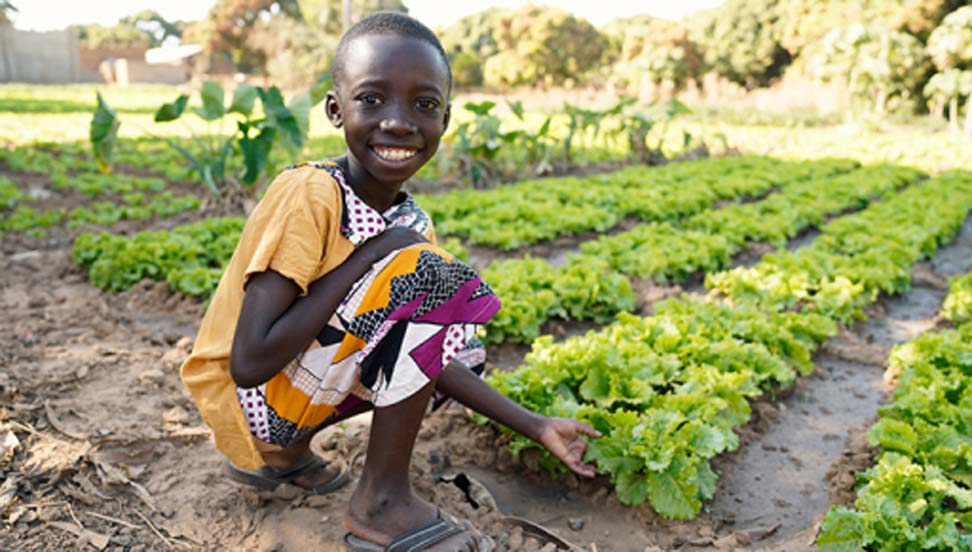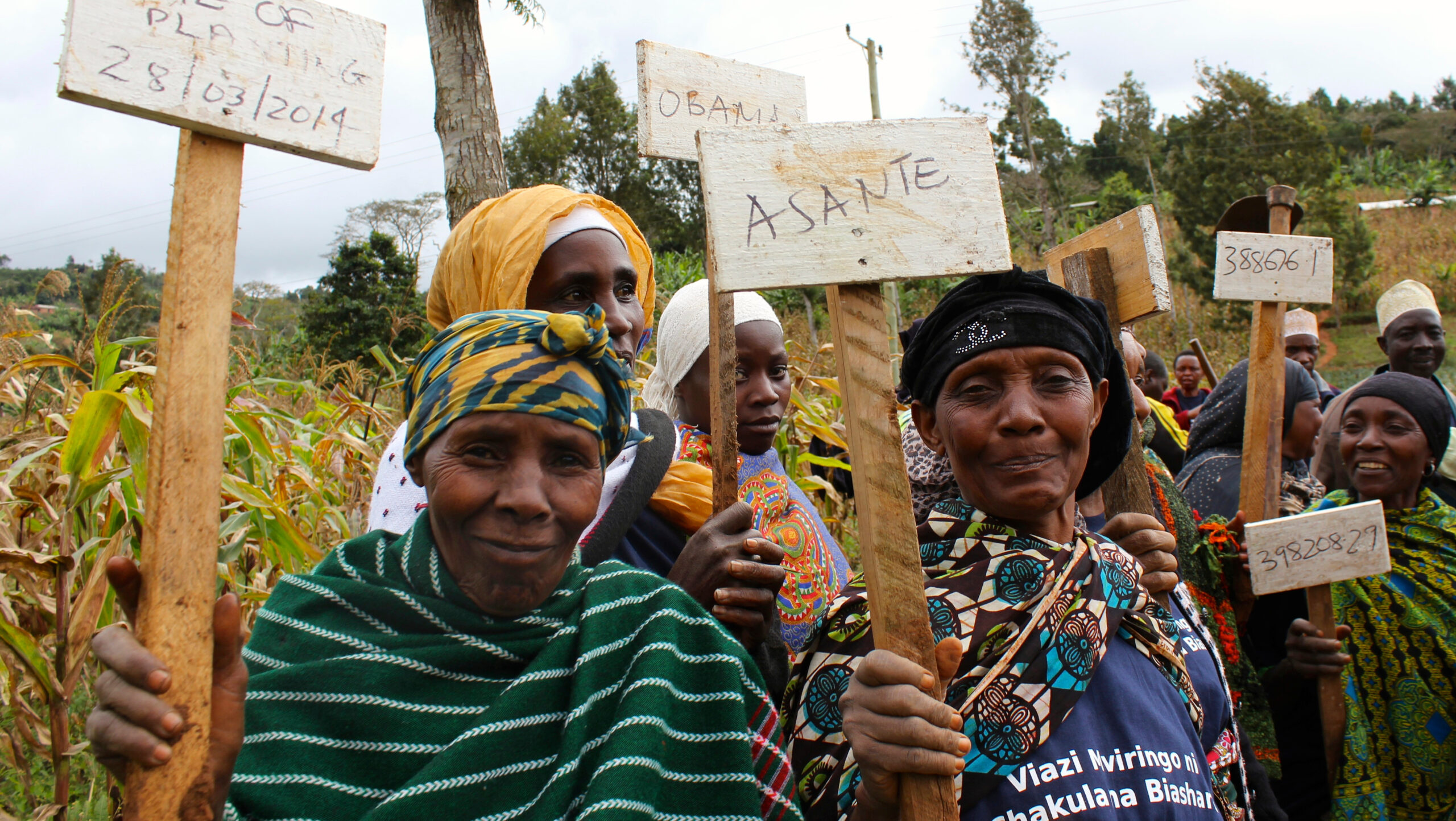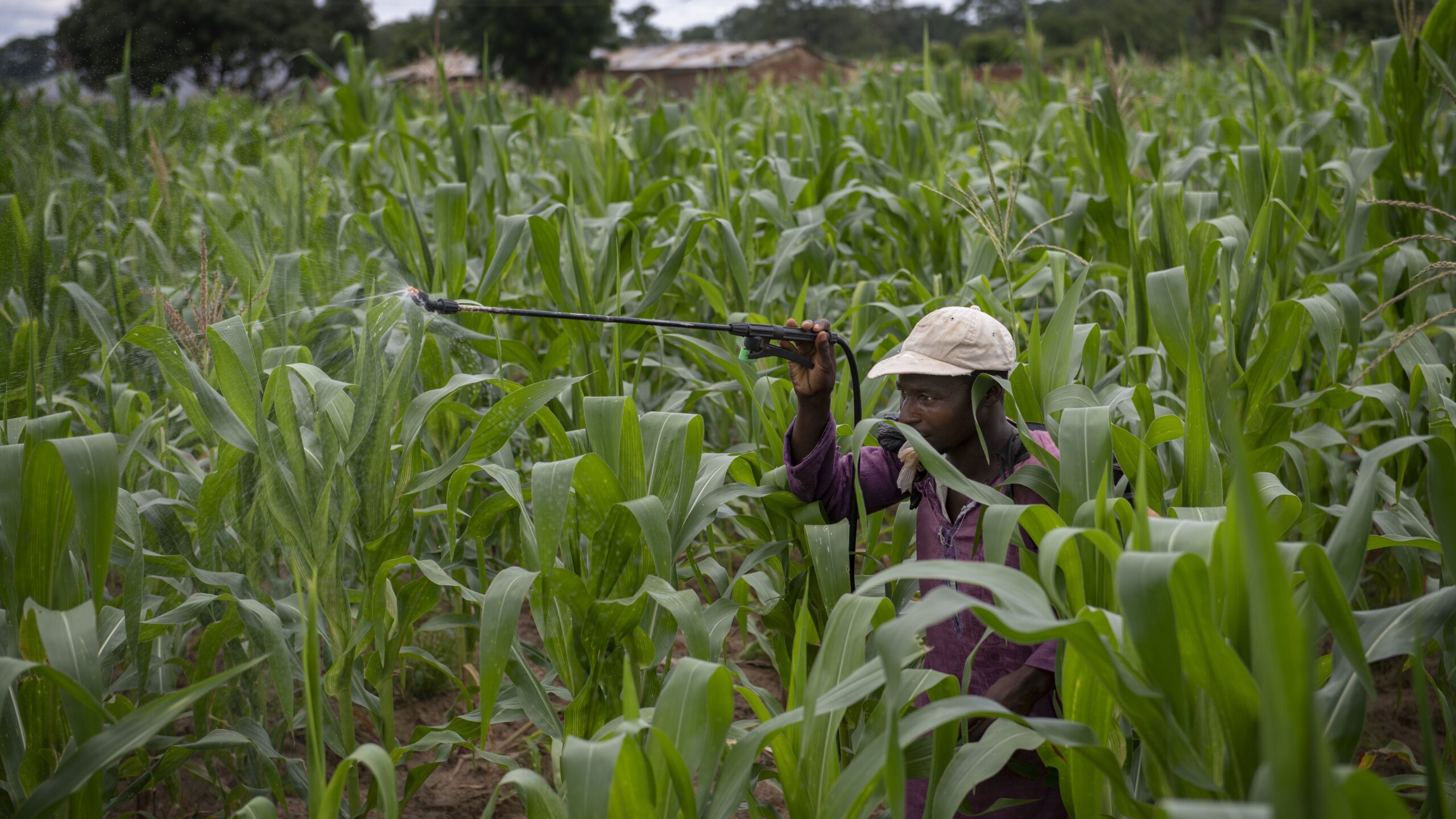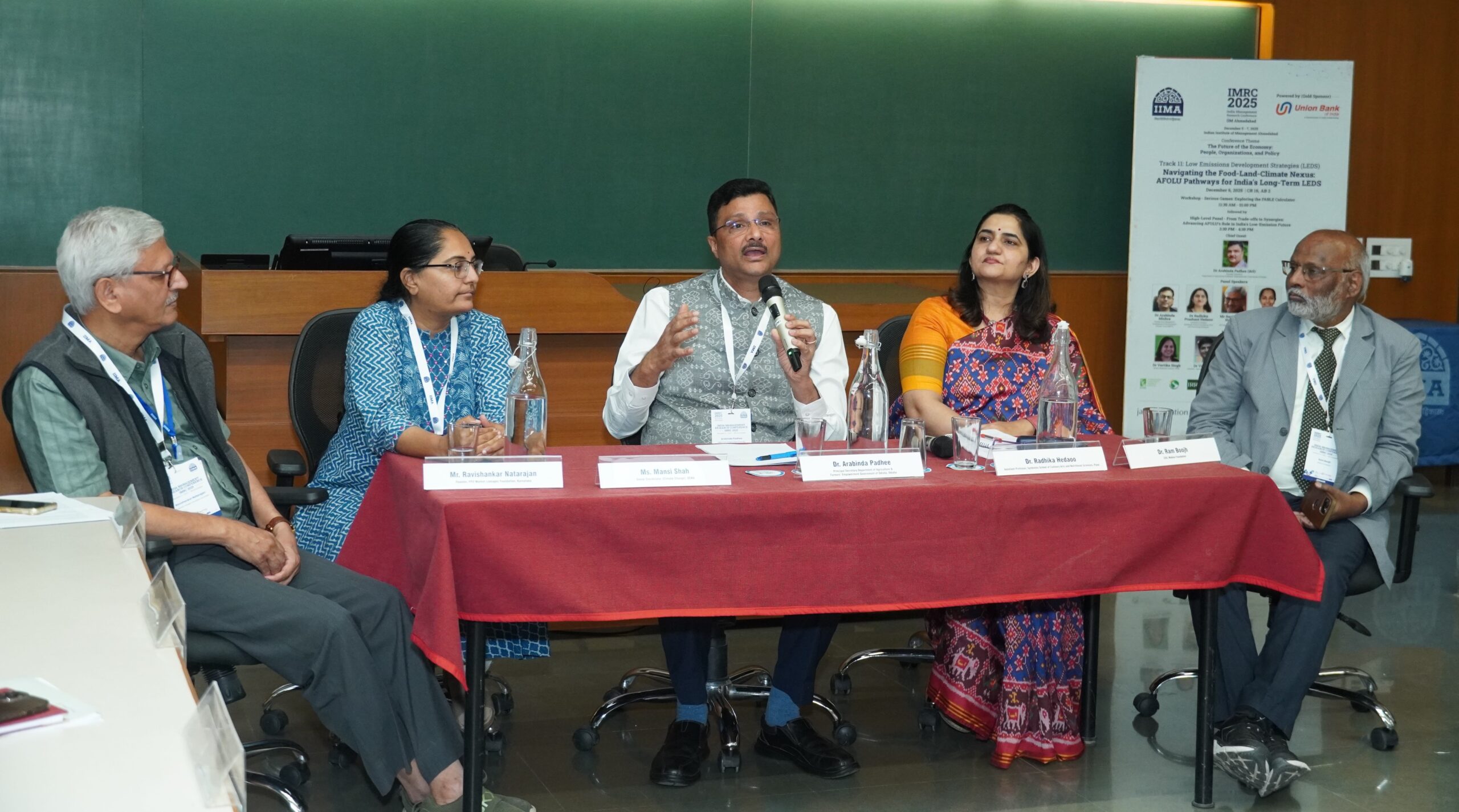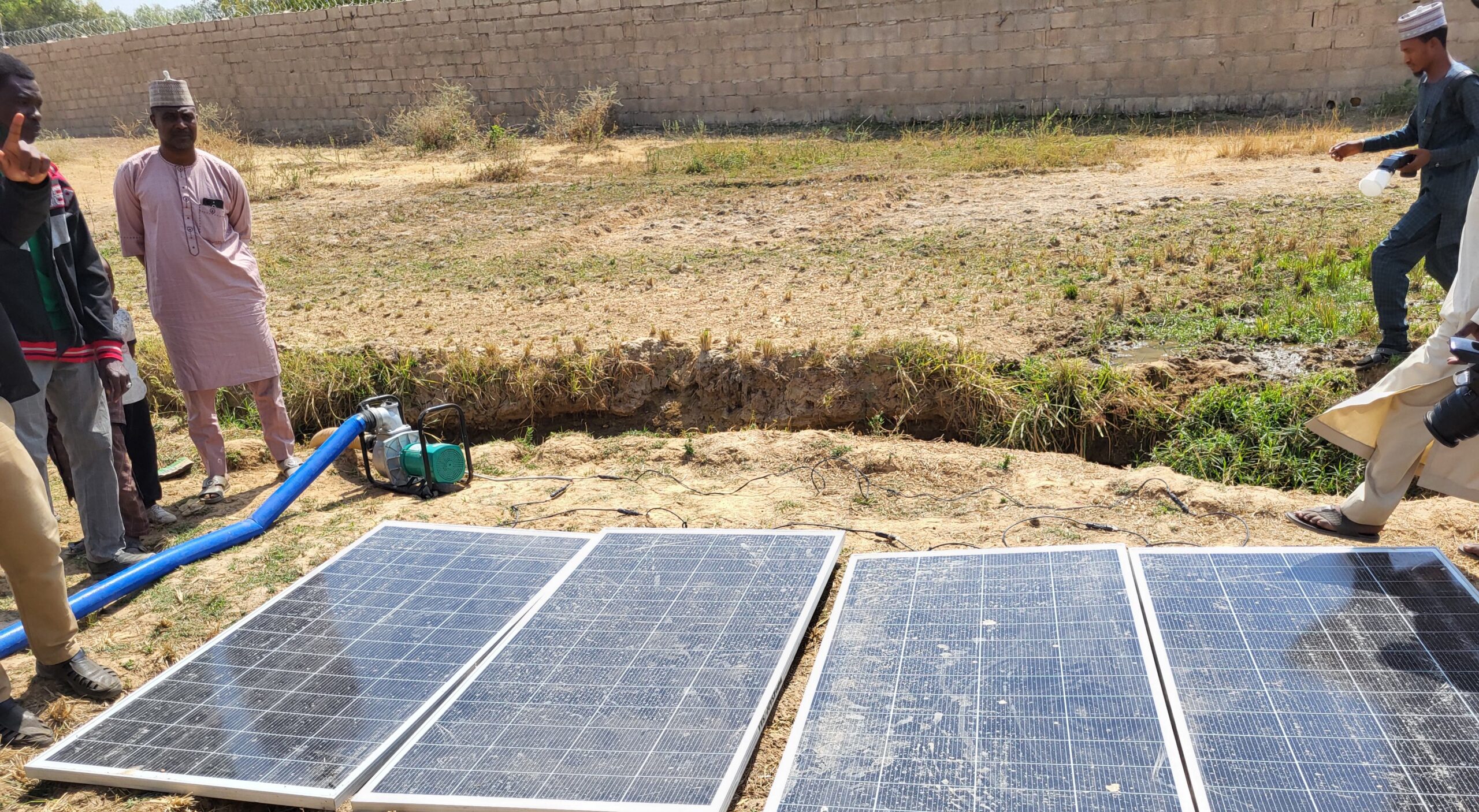Food systems transformation cannot happen without expanding, changing, and reimagining how it is financed.
This issue will come to the fore as the global community gathers June 30-July 3 in Seville, Spain, for the Fourth International Conference on Financing for Development (FfD4) to address critical issues related to financing sustainable development and reforming global financial systems. Soon after that, country representatives will meet July 28-29 in Addis Ababa, Ethiopia, for the UN Food Systems Summit +4 Stocktake (UNFSS+4) to assess where we are collectively on the journey that started at the 2021 UN Food Systems Summit (UNFSS).
Food system finance is one of six shared priorities of the Addis conference, with the aim of “ensuring access to short and long-term concessional finance, investments, budget support and debt restructuring.” These issues have taken on new urgency in today’s environment of reduced foreign assistance levels, multilateral financial institutions under review, and more countries in debt distress.
Tackling the financing challenge
What are the prospects for financing the elements of food system transformation in this difficult landscape? This is the first entry in a new IFPRI blog series, in collaboration with other partner institutions, titled “Financing Healthy, Equitable, and Sustainable Food Systems”—focused on that challenge and contributing to the ongoing global debate at FfD4 at Seville and the UNFSS+4 at Addis Ababa.
The series will draw on contributions from a variety of experts and practitioners to explain the current issues facing food system finance and suggest actions to move forward—to help policymakers, international organizations, interested stakeholders, and broadly food systems participants work together to achieve the financing necessary to meet this global challenge and target it effectively.
We are building on the UNFSS Finance Lever of Change (FLC), which outlined a set of guiding principles to redirect, optimize, and/or scale the public and private financial resources needed for transforming food systems (Figure 1). The “imperatives” included five broad topics about public support and incentives; the integration of health, environmental, and social risks into financial decision-making; de-risking and scaling up financial products and business models to mobilize private capital; improving rural development and making more equitable the operation of food systems; and strengthening food governance.1
Figure 1

A framework for understanding and action
As an organizing framework, we will draw on a parallel set of IFPRI policy briefs and blog posts that analyzed existing private and public financial flows that could be tapped to carry out these priorities (Díaz-Bonilla, Swinnen, and Vos, 2021—section pp. 20-23). The framework focuses on six different financing flows representing the main financial and operational actors: Consumers, producers/operators in food systems, governments, banks, capital investors, and international development organizations (Figure 2).
Figure 2

This framework considers the financial flows used in social accounting matrices for economic systems, which highlight the fact that every transaction has two parties and that there is no “free money” in those systems: Reallocating or scaling up funds for one activity implies taking them out from others, with general equilibrium effects.2
It also facilitates a more granular analysis of each flow: We can examine the main decision makers/actors, as needed policies and interventions would differ for consumers, producers, banks, etc; different funding sources and the types of institutions or mechanisms through which the funds flow; different financial instruments; potential recipients/users of those funds/instruments and their behavior; and finally, the enabling environment and other supporting policies framing these efforts. Further, those different levels of analysis may vary by type of country and food systems (see a possible typology of the latter in Ambikapathi, R., Schneider, K.R., Davis, B. et al. 2022).
Research and discussions since 2021 have further clarified what needs to be done to create an effective global effort for financing food system transformation, including the potential financial quantities, approaches, and instruments involved. However, most of the country-based and detailed operational aspects require significant additional work.
To help with that work, blog series contributors will look at these challenges, large and small, from the perspectives of different financial actors, including companies and banks financing small and medium-sized enterprises (SMEs) in food value chains, impact investors and venture capital funds with new business models, public banks scaling up technologies with small farmers, and philanthropic funds de-risking food investments.
It will examine potential overarching themes for investment (e.g., climate-related, irrigation), as well as investment targets (e.g., R&D, extension) and specific types of investments and/or instruments (e.g., insurance, leasing, warrants). It also aims to capture a range of geographic experiences given the diversity of countries, contexts, and food systems.
Assessing costs and the best funding sources
Knowing the costs is a key prerequisite for any financing plan, so the series will also examine the costs of food system transformation.3 Rigorously estimating those costs requires an integrated and operational plan, with a clear definition of the quantitative goals and of the full range of public interventions (policies, programs, investments, expenditures, taxes and subsidies, laws and regulations, and institutional aspects) and private activities necessary to achieve them. Also, the nature of those interventions helps to determine the type of funding sources—public or private, domestic or international.
These programs should go beyond current food programs—the “national pathways” for transformation in the UNFSS framework that countries have developed—which in general are short documents with expressions of general intentions but provide little operational detail.4 Efforts to generate and direct hundreds of billions of dollars in funding will be of little use without integrated and operational national programs.
Key questions for financing food system transformation
Understanding current costs and funding flows provides a jumping-off point for discussion of how to move forward. How can policymakers and food system actors identify current obstacles, maximize investment flows, and target funding? Here are some key questions this blog series expects to address:
- Are the macroeconomic and regulatory frameworks applied by countries providing the right incentives to guide the different types of financial flows in Figure 2?
- What are the most promising examples of current national operational programs for food systems transformation, including costs and financing? How are the different international technical cooperation initiatives functioning to help countries design and implement integrated food programs?
- What are the best approaches to design and implement food systems transformation programs, given specific country institutions and political-economy questions, considering that financing is just one aspect of those programs?
- What is the current state of food system transformation financing (i.e., how much money does each flow currently represent)? How large is the gap between those flows and the expenditures needed for food systems transformation? Are those flows currently supporting the desired transformation or working against it?
- In particular, are public budgets (expenditures and revenues) supporting food system transformation? If not, how can they constructively be reconfigured? (The latter including topics such as the repurposing of agricultural support, while also considering safety nets and other social programs for poor consumers, infrastructure, and productive support in general).
- What is the role of international development finance, in its three components of multilateral financial institutions, bilateral agencies, and private philanthropic organizations? How can the scale and impact of their role be increased?
- How are domestic banks funded and regulated, and how can that be improved to increase financing for the transformation of food systems? What is the current role of public banks, microfinance, and community banks in transforming food systems? What are the potentially most useful instruments on the lending and deposit side? How can digitalization and fintech help? How can different mechanisms of guarantees and insurance support the expansion of banking finance?
- What incentives and constraints do different types of investors and providers of financial services in capital markets (e.g., insurance companies, pension funds) face? What conditions are needed to develop different types of financial vehicles, such as thematic bonds, impact investment funds, and venture capital?
- What are the best practices for supplier/value chain financing? Are banks lending to farmers and SMEs in food value chains? How is foreign direct investment operating in food systems?
- What is the situation of women, ethnic groups, and youth regarding financial services?
This blog series aims to tackle one of the most pressing global challenges now and in the coming decades. By bringing together the contributions from a variety of specialists, experts, and practitioners with specific, operational, and actionable recommendations, we hope to help global organizations and governments better map the best and quickest pathways to financing of dynamic, equitable, sustainable, and healthy food systems.
Eugenio Díaz-Bonilla is a Visiting Senior Research Fellow with IFPRI’s Director General’s Office and Special Advisor, Inter-American Institute for Cooperation in Agriculture (IICA); Geeta Sethi is Advisor and Global Lead for Food Systems at the World Bank; Johan Swinnen is IFPRI Director General. Opinions are the authors’.
1. The different consultations during the 2021 UNFSS led to several proposals related to finances such as creating an SME financing facility, expanding the work of public development banks “to catalyze green and inclusive food system investments,” establishing a “$200 million USD Climate Smart Food Systems Impact Investment Fund” and a “Soils Investment Hub,” and launching a dedicated fund to end hunger (see a discussion in Diaz-Bonilla, McNamara, Njuki, Swinnen, and Vos, 2023); the idea of a hunger fund is analyzed in Díaz-Bonilla, 2021 and 2023; von Braun and Díaz-Bonilla, 2021 suggest the possibility of issuing zero-hunger bond guaranteed by IMF’s Special Drawing Rights).
2. The framework is comparable with the way the Standing Committee on Finance of the UNFCCC (UNFCCC (2021) estimates climate funding, following Article 2 paragraph 1c of the Paris Agreement (which reads “Making finance flows consistent with a pathway towards low greenhouse gas emissions and climate-resilient development.”).
3. This is different from the debate about the “true costs of food,” which tries to estimate the costs generated by the current operation of food systems. If costs in this second meaning are properly estimated they would be part of the benefits to be achieved by the desired transformation of food systems. In turn, the latter requires incurring in the costs (in the first meaning utilized in the main text) to carry out the activities and investments needed.
4. The country work around “national pathways” was evaluated during the 2023 UNFSS+2 (“stocktaking moment”). The summary noted that only 33% of the countries showed “national pathways” that included some costing of the pathway/implementation plan, and only 29% have an “investment plan/strategy for the implementation of the pathway.” (https://www.unfoodsystemshub.org/fs-stocktaking-moment/documentation/un-secretary-general-call-to-action/en).
